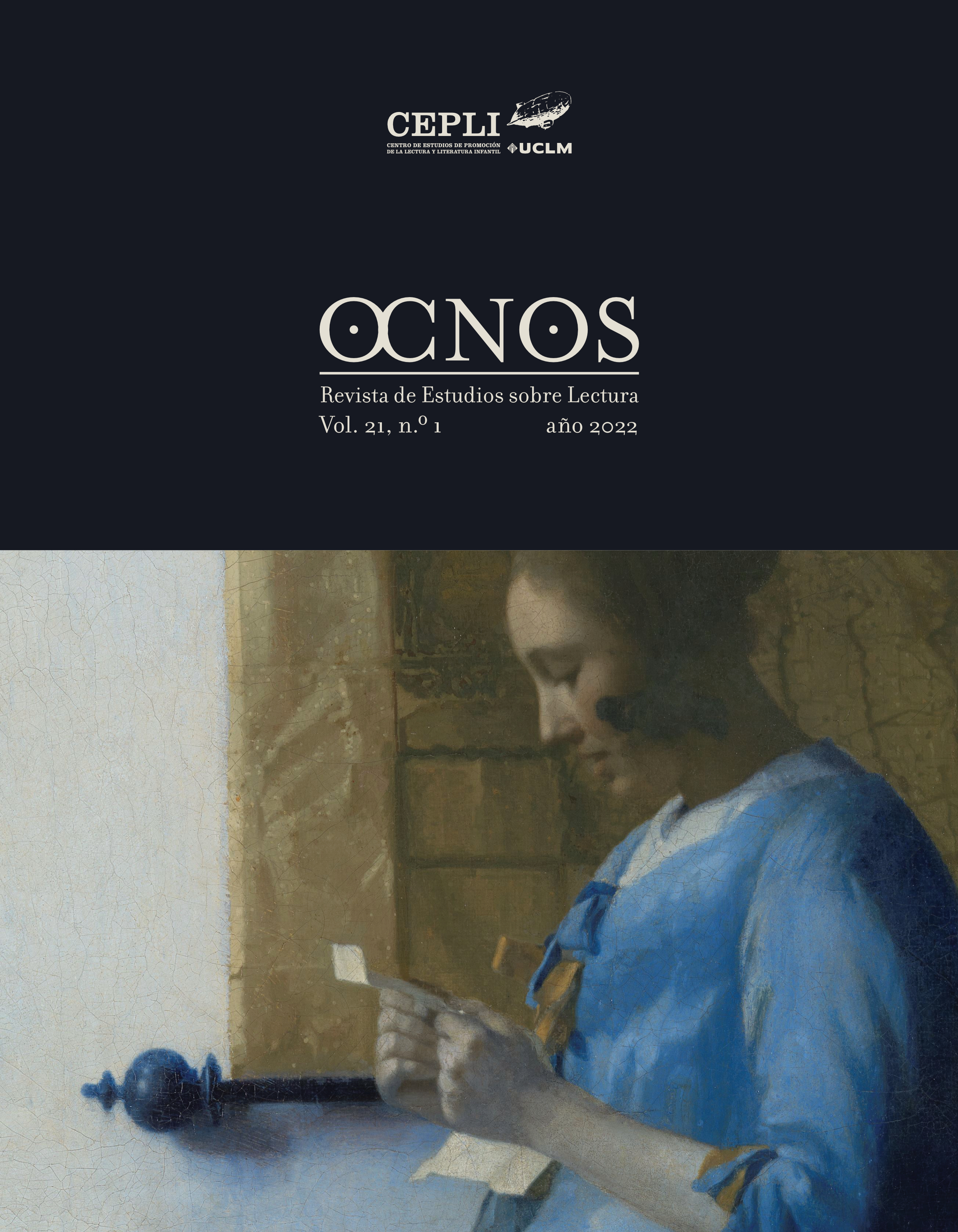If you haven’t seen it before, you can’t see it Intericonicity in wordless picturebooks and comics
Main Article Content
Abstract
Wordless picturebooks and comics tell stories using only the resources of visual language. Readers must be able to search their personal background knowledge to decipher the graphic signs. They should fill the iconotextual spaces using their experiential and intericonic knowledge. In this paper, after presenting a classification of the intericonic images, we will go on to analyze how the graphic representation of items of furniture and decorative objects in graphic narratives, could be a useful method of characterization. We will also present a reading-image-experiment done with a group of readers of different ages and origens with the wordless picturebook Unser haus! (Von Stemm, 2005). It will prove that only by having already seen those objects is it possible to recognise them; if not, they are invisible. We will reach the conclusion that the role of the mediators is essential to achive a satisfying reading. They should help readers to recognise the hyperimages and foster knowledge of the hypoimage, increasing the cultural awareness of less expert readers. Recognising intericonic images aids our understanding of the characters, which leads to a better understanding of their stories and, what is more, allows us to better appreciate the richness of our cultural environment.
Downloads
Article Details

This work is licensed under a Creative Commons Attribution-NonCommercial-NoDerivatives 4.0 International License.
The articles published at Ocnos will have a Creative Common Licence Creative Commons Attribution-Noncommercial-No Derivative Works 3.0 Unported

